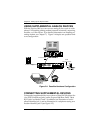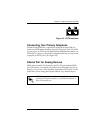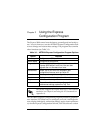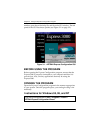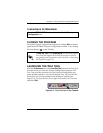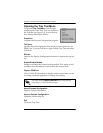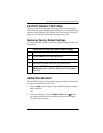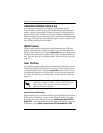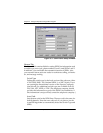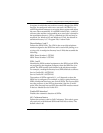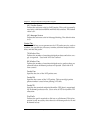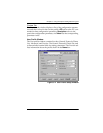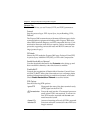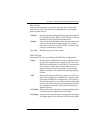
Chapter 3. Using the Express Configuration Program
3-6 Express 3000 User Manual 61203153L2-20
UNDERSTANDING PROFILES
A profile stores and retrieves multiple configurations for the
Express 3000. An individual profile contains unique settings appro-
priate to specific applications. Using the Express Configuration pro-
gram, profiles can be created, saved, copied, edited, and deleted. In
addition, importing and exporting profiles simplifies troubleshooting
and setup. The Express Configuration program uses two types of pro-
files: ISDN profiles and User profiles.
ISDN Profiles
ISDN profiles contain configuration information for the ISDN line
such as Local Directory Numbers (LDNs), Service Profile Identifiers
(SPIDs), and Switch Type. Using the
isdn profile
option of the Express
Configuration program, you can modify, create, and delete ISDN pro-
files. You can store up to 16 ISDN profiles. (See also
Using Profiles
on
page 3-7.)
User Profiles
User profiles contain configuration information for the many features
of the Express 3000 such as protocol selection, calling features, and a
call rejection phone list. Using the
user profile
option of the Express
Configuration program, you can modify, create, and delete user pro-
files. You can store up to 16 user profiles. (See also
Using Profiles
on
page 3-7.)
Internet Access Protocols
Most Internet Service Providers (ISPs) supporting ISDN also support
PPP protocol. Therefore, if you are connecting to an ISP using one
B channel, select the following protocol:
profile setup/General/PPP
Mode/PPP
. If arrangements have been made with the ISP to use two
B channels, select
profile setup/General/PPP Mode/Multilink PPP
.
User profiles have no effect on the ISDN line configuration.
ISDN line parameters including SPIDs, LDNs, and Switch
Type settings remain the same, regardless of changes or
applications made with profiles.



